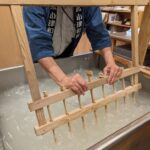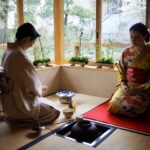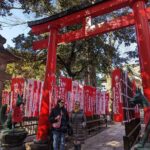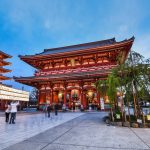Ohagi is a traditional Japanese confectionary that has been popular since the Edo period. It is made by wrapping steaming glutinous rice with azuki red bean paste.
People say that the red color of azuki red beans wards off evil spirits and protects us from them.
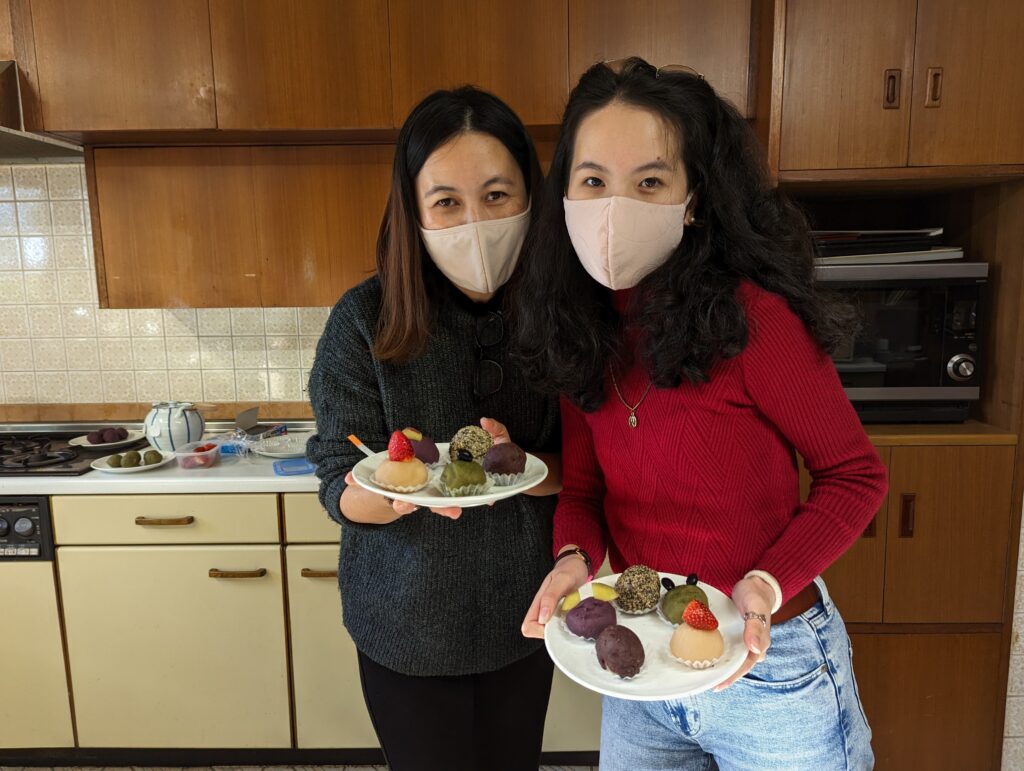
In order to commemorate the spirits of their ancestors o-higan (spring equinoctial week, autumn equinoctial week), each household has a custom of offering and eating sweets called ohagi or botamochi.
This commemoration service with having such sweets started in the Edo period (around 400 years ago).
A long time ago, sugar was a luxury for people. They rarely enjoyed having it. They offered sugar to their ancestors to express their thanks to them.
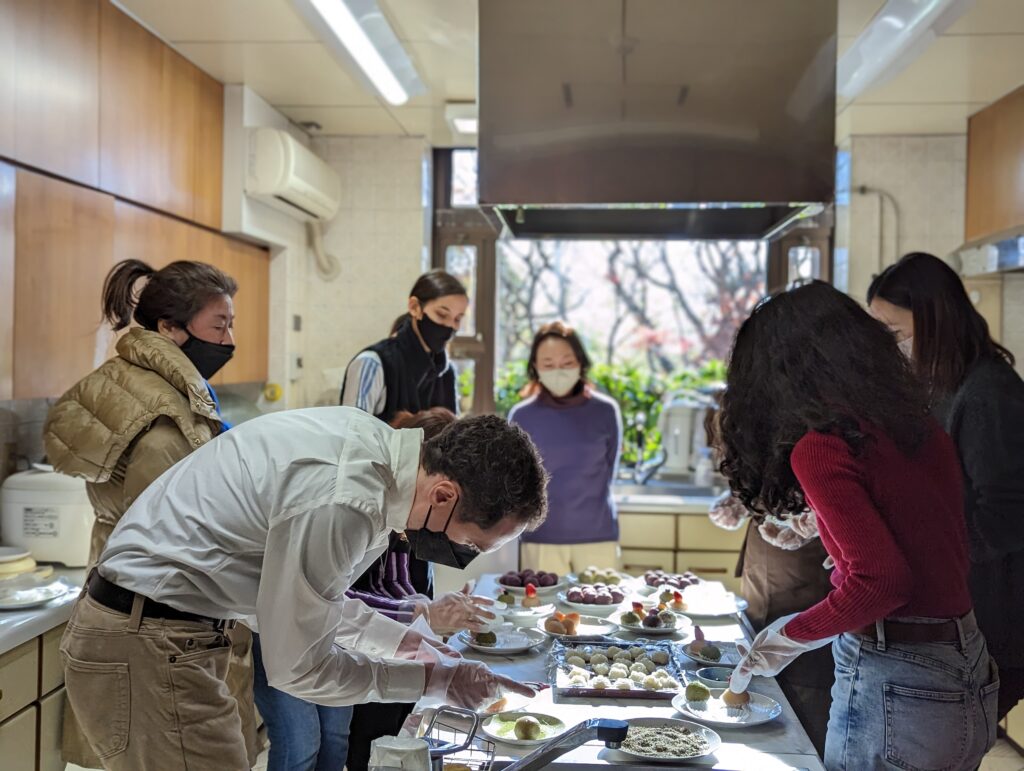
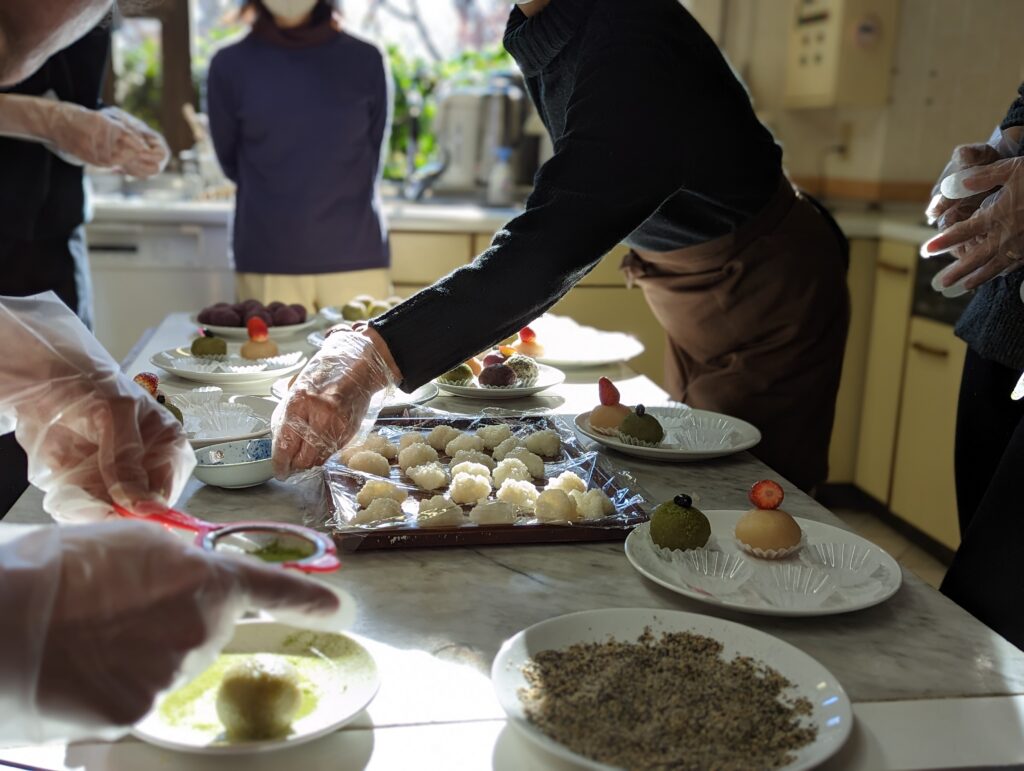
Ohagi is also called botamochi depending on the area, because the season of the equinoctial week or o-higan falls on spring and autumn equinoctial weeks.
In the spring equinoctial week, we call the sweet botamochi because botan “peony” blooms in spring.
In autumn equinoctial week, the sweet is called ohagi after the hagi “bush clover” that flourishes in autumn.
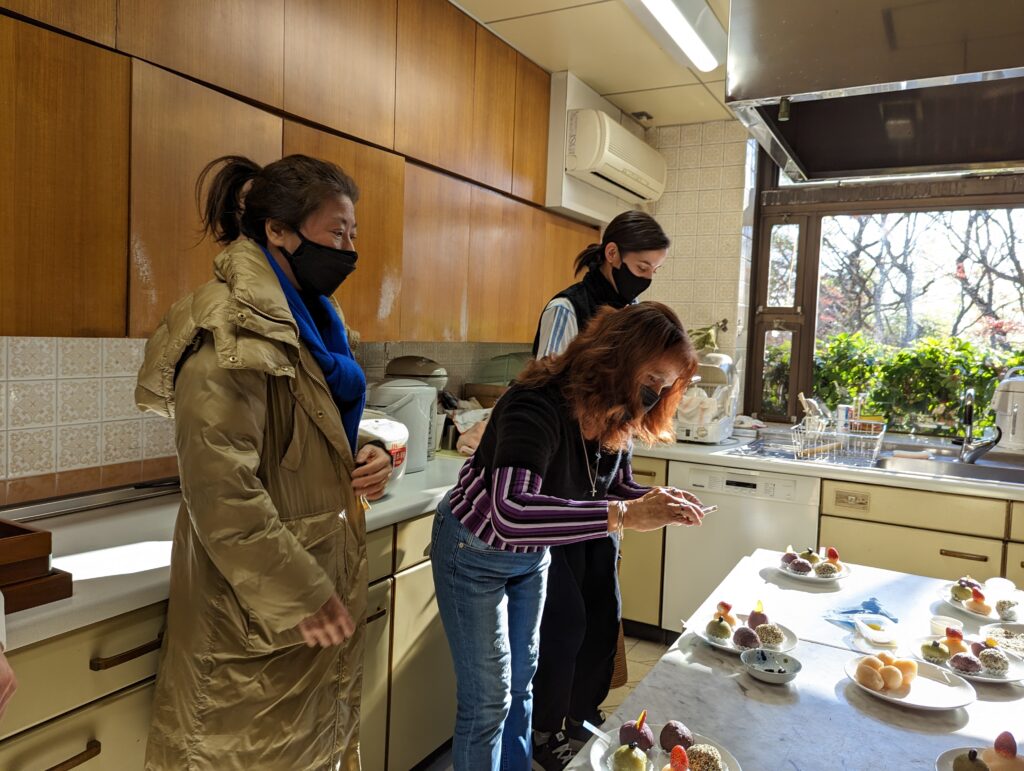
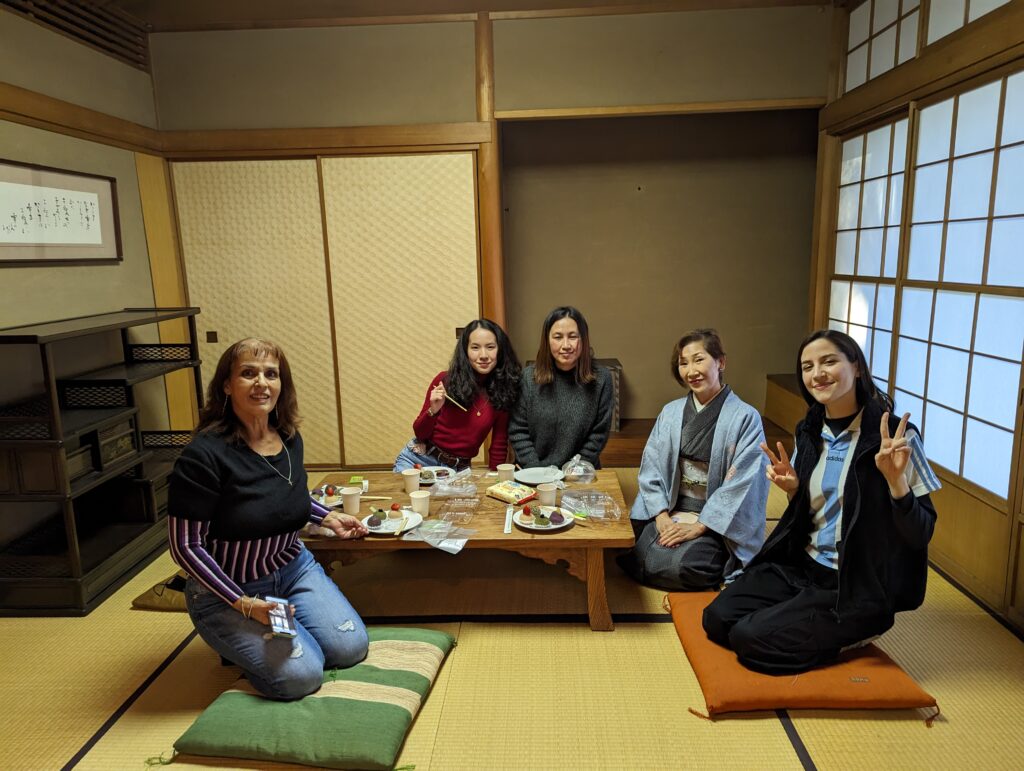
If you’re interested in more information, please get in touch with us here.

